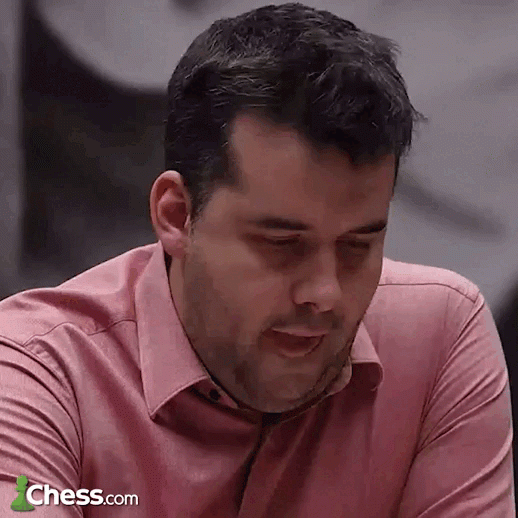
What Is The Most Important Endgame?
What's the most important kind of endgame? While the answer is obvious for many experienced players, most beginners answer incorrectly. The most popular incorrect answer is a rook endgame. While it is statistically the most common kind of an endgame, in many cases the correct evaluation of such an endgame is based solely on the evaluation of a possible king and pawn endgame.
Here is a very recent example: what should White play?
I am happy that GM Jorden van Foreest redeemed himself from a debacle he suffered one year ago in a similar situation:
You might be wondering: how could a very strong grandmaster just give up a pawn by playing 35...Nd7?? The explanation is quite simple: 35...fxe4 is the only other reasonable move and it leads to a king and pawn endgame. You need to evaluate correctly the resulting endgame to decide whether you should play 35...fxe4 or not.
Now you can see that a king and pawn endgame is a real cornerstone of all endgames. You cannot be a scientist if you don't know multiplication tables; you cannot be an endgame expert if you cannot play a king and pawn endgame!
As I mentioned in this article, most chess coaches start teaching their beginner students with king and pawn endgames. However, as GM Maurice Ashley demonstrates on his Twitter page, the best coaches go even further and teach pure pawn endgames first. (That is no kings needed!)

Here is another instructive endgame from a recent grandmaster game:
White's fortress looks quite solid, but in reality, it falls apart like a house of cards if Black knows what they're doing. The recent FIDE World Championship runner-up shows how it should be done:
As you can see if you want to become an endgame expert, study king and pawn endgames!



